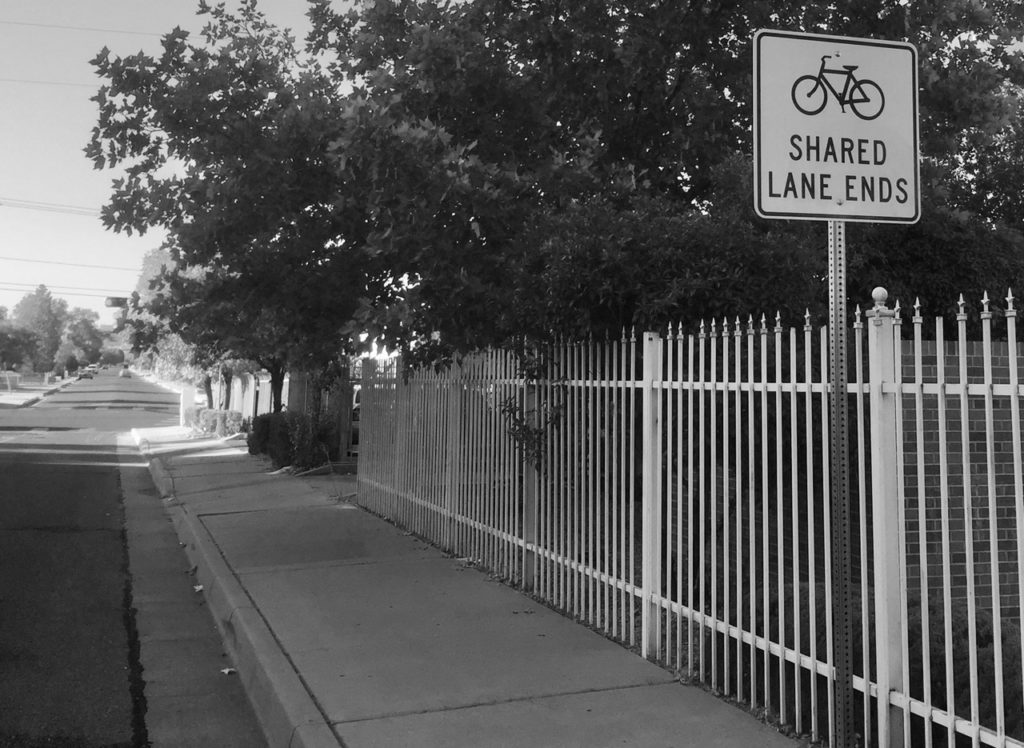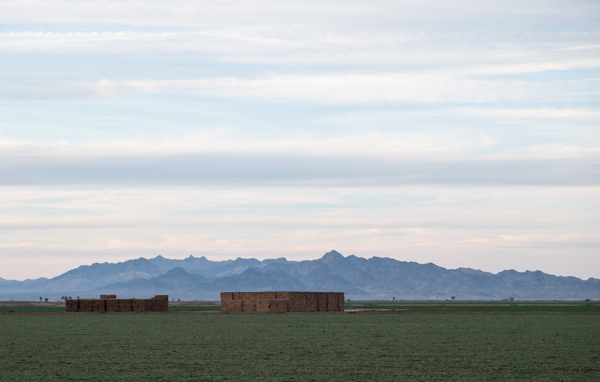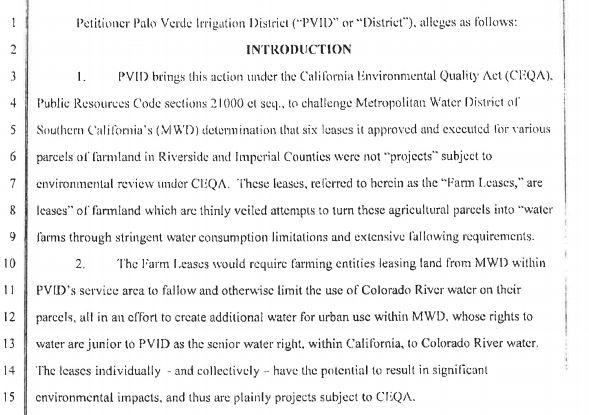Preliminary year-end modeling suggests New Mexico is in good shape to meet its obligations to deliver water to Texas under the Rio Grande Compact in 2018, according to data presented Thursday by the New Mexico Interstate Stream Commission to the executive committee of the Middle Rio Grande Endangered Species Collaborative Program.
In a counter-intuitive twist, meeting compact obligations is harder for New Mexico in wet years than in dry ones, because the state’s downstream delivery obligations goes up in wet years. But between the water already delivered down the river to Elephant Butte Reservoir and a reserve still in storage in El Vado Reservoir on the Rio Chama, New Mexico should be able to make its compact delivery books balance, an ISC staffer told the executive committee members.
In practical terms, this means a significant slug of water moving through the system in November and December to balance the books, a trick we’ve seen water managers use in recent years – store as much as they can upstream, then release whatever portion is needed in the last couple of months of the year to meet compact delivery obligations.
In policy terms, it means continued success in bringing water supply and use into balance in the Rio Grande Valley of central New Mexico. Since 2000, despite persistent drought, we’ve overdelivered to Elephant Butte by more than 200,000 acre feet.* In addition, the aquifer beneath Albuquerque has risen 15-20 feet thanks to reduced groundwater pumping.
* wonky detail: During that time, our net compact balance with Texas has actually declined. That is not because we are underdelivering, but because of a technique called “relinquishment”, in which we transfer some of the surplus we’ve delivered to water users in southern New Mexico and Texas in return for certain other benefits.




